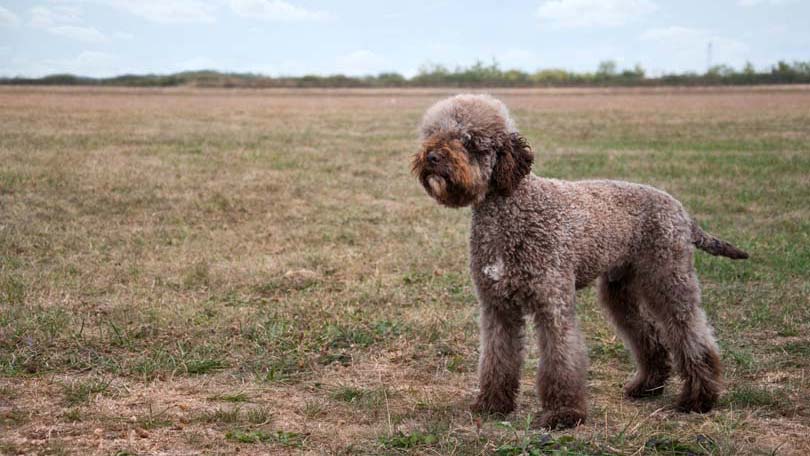
Underground dog fences provide an esthetically attractive, low maintenance way to keep your dog within your own safe yard. Underground fencing can protect your dog from cars, getting lost, eating toxic substances, and will prevent the dog from damaging your neighbor’s property. While underground fencing is by no means a sure-fire way to corral your pet, it is a good option for those who dislike the looks of traditional fencing, or cannot install a fence due to neighborhood restrictions.
How Underground Dog Fences Work
An underground fencing system consists of a perimeter wire, a receiver that the dog must wear, a transmitter set within the house or garage, and sometimes a dog training set with small flags. The installation service will dig a narrow trench around the perimeter of the property, and bury a wire in the trench. For the system to work properly, the minimum perimeter length of the wire must be no less than five hundred feet. The dog wears a collar that receives a signal from the transmitter. When the animal approaches the wire, the collar will emit a warning noise to startle him; if he keeps walking toward the wire, the collar will emit a mild shock (the fencing companies compare the shock to that of static electricity on a doorknob, however, you may want to see for yourself before you use the collar on your dog). The correction shock reaches the dog through prongs that touch his neck, so dogs with long or thick hair need to be shaved for the shock to be felt. In most systems, the intensity of the shock can be adjusted to fit the dog’s size. There is no way for your pet to dig under, or leap over the cable without receiving a shock.
Although the underground dog fence is meant to keep your dog in your own yard, it alone is not meant to train your animal. The fence is designed to reinforce the training that you give your pooch to stay in your own yard. Usually, the system will come with small flags that can be placed where the cable is buried. You can leash your dog, receiver on, and walk him about the yard. When he walks close to the buried cable, the collar will emit a warning sound. Upon the warning sound, say a firm ‘no,’ and lead the dog away from the flags. For the system to work, a decent amount of training time must be put in to ensure that your dog knows where his boundaries are, and this training will make him less likely to ignore the warning sound and shock.
Unfortunately, some dogs learn to outsmart the underground system. When they run quickly over the buried wire, like a dog would do if chasing a squirrel, the shock only lasts for a short moment. Some dogs have a higher pain threshold, and will ignore the shock when excited. The system is not recommended for dogs under six months old. Very rarely, a collar can malfunction and shock a dog for no apparent reason. To avoid this, change the collar batteries every three months, and watch the dog while outside to make sure the collar is not shocking inappropriately. And yes, the system will shock your dog for coming back into the yard after leaving; many animals that run away are hesitant to return. If you think that your pet will have a problem respecting the underground fence, it may not be a good option for you.
No fencing system is one hundred percent effective all of the time. Underground dog fences are one option for keeping your dog contained to your yard, but the proper training must be completed to ensure that the system will work to its full potential. The best way to keep your dog safe is to pay attention to him, know his behavior, and train him to be a friendly animal.





